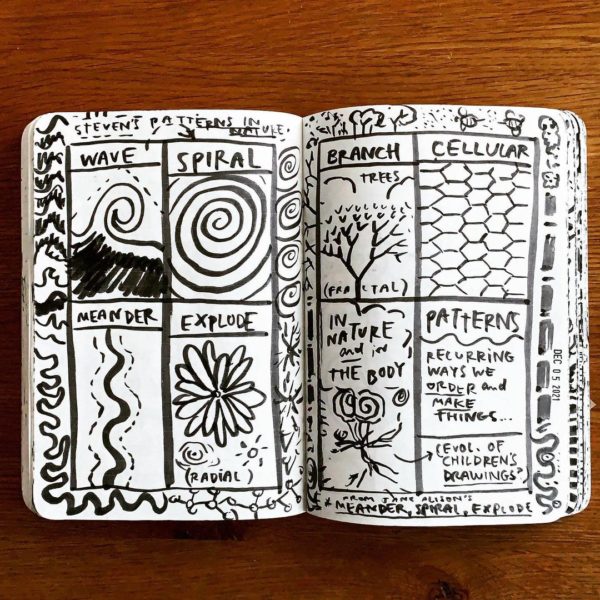
In a 1961 interview, Samuel Beckett pointed out “the mess” of modern life, “this buzzing confusion.”
“The confusion is not my invention. We cannot listen to a conversation for five minutes without being acutely aware of the confusion. It is all around us and our only chance now is to let it in. The only chance of renovation is to open our eyes and see the mess. It is not a mess you can make sense of.”
The Poetry Foundation helps explain:
[Critic David] Hesla notes that the dilemma which confronts the contemporary writer, according to Beckett, “is constituted… by the fact that the writer must take seriously two opposed and apparently irreconcilable claims to his allegiance. On the one hand, he must recognize that the principal fact about modern man’s life is that it is a ‘mess,’ a ‘confusion,’ a ‘chaos.’ On the other hand, the writer, as artist, has an obligation to form. But to admit the ‘mess’ into art is to jeopardize the very nature of art; for the mess ‘appears to be the very opposite of form and therefore destructive of the very thing that art holds itself to be.’”
Beckett said we could no longer keep out the mess, because “it invades our experience at every moment. It is there and it must be allowed in.”
What I am saying does not mean that there will henceforth be no form in art. It only means that there will be a new form; and that this form will be of such a type that it admits the chaos and does not try to say that the chaos is really something else. The form and the chaos remain separate. The latter is not reduced to the former. That is why the form itself becomes a preoccupation, because it exists as a problem separate from the material it accommodates. To find a form that accommodates the mess, that is the task of the artist now.
Seems as good of a mission statement as any.